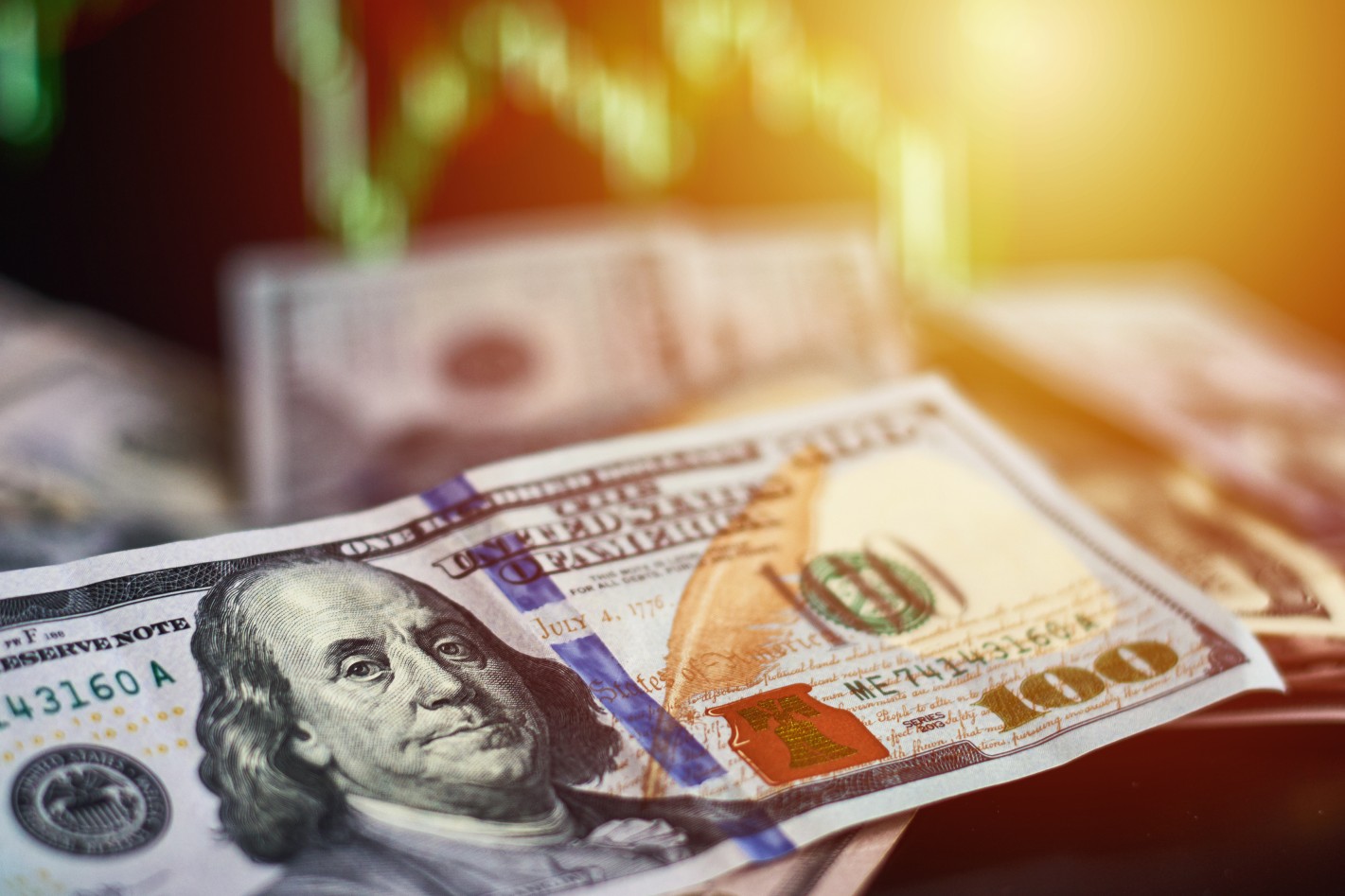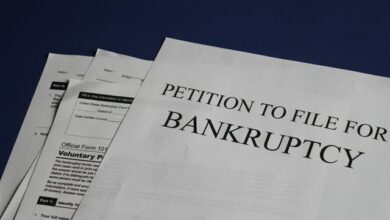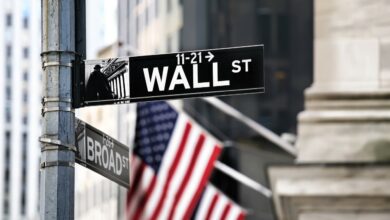A
A
A
Last month, wholesale inflation in the United States rose by 9.7% compared to a year ago, indicating that pricing pressures remain high at all economic levels. However, the survey does not track price changes after February 15, so it does not account for the spike in oil and gas costs after Russia invaded Ukraine late last month. Despite this, the tensions over Ukraine have only increased commodities prices.
Wholesale prices determine what companies pay for raw materials and other necessary supplies, such as packaging. Higher wholesale prices result in higher customer prices, leading to increased inflation. The majority of the increase in wholesale costs was due to fuel and food prices. The price of gas increased by over 15%, while the cost of food increased by 1.9%
Beyond predictions made by Economists
Read More »
According to the Labor Department report released on Tuesday, the producer price index, which monitors inflation before it reaches consumers, increased by 1% since December. The year-over-year growth was lower than the record 9.8% in November and December, but it was still much beyond what economists had predicted.
According to the Labor Department, consumer prices increased by 7.9% in February compared to the previous year. The government announced that the rising gas, food, and housing expenses pushed consumer prices up 7.9% from a year earlier, the highest increase since 1982. As a result, the Federal Reserve is expected to raise interest rates for the first time in four years on Wednesday to slow price rises, a move that will hike the cost of auto loans, mortgages, and other forms of credit.
What the Future Holds
These figures are simply a foretaste of increased prices to come because they do not account for the effects of the Ukraine war, President Biden’s restriction on Russian energy imports, and tightened oil supplies. These have propelled prices at U.S. petrol stations and other energy commodities to new highs.
The United States has been coping with constant rising inflation rates since the initial COVID-19 pandemic-driven recession in 2020 when consumer spending rose. Many businesses lacked the requisite supplies and staff to meet demand, causing supply chain delays and price hikes.
The Bureau of Labor Statistics (BLS) also revised its initial January wholesale inflation figure from 9.7% to 10%. This indicates that the producer price index surpassed double digits for the first time in January since it began measuring inflation in 2010. The BLS acknowledged in a news release that the index for gasoline jumped 14.8% in February, accounting for roughly 40% of the increase in prices for final demand products.
What Economists Are Saying
According to economists Mahir Rasheed and Kathy Bostjancic of Oxford Economics, Producer prices will not return to more normal patterns until later this year due to severe supply interruptions and high energy prices. Economists predict that high inflation will continue through the summer before subsiding, but only if the conflict between Russia and Ukraine does not worsen. Both countries are significant food and energy producers whose prices have been skyrocketing since the crisis began.
The Administration’s Plans for Recovery
The Biden administration is under a lot of pressure to do something about rising costs and their impact on citizens’ everyday lives. President Joe Biden said that Americans were already feeling the financial effects of Russia’s conflict on Ukraine, and he highlighted his efforts to combat the trend. The administration’s plans included releasing millions of barrels of oil from reserves, encouraging competition, and pursuing investments to expand manufacturing in the United States to strengthen the supply chain.






